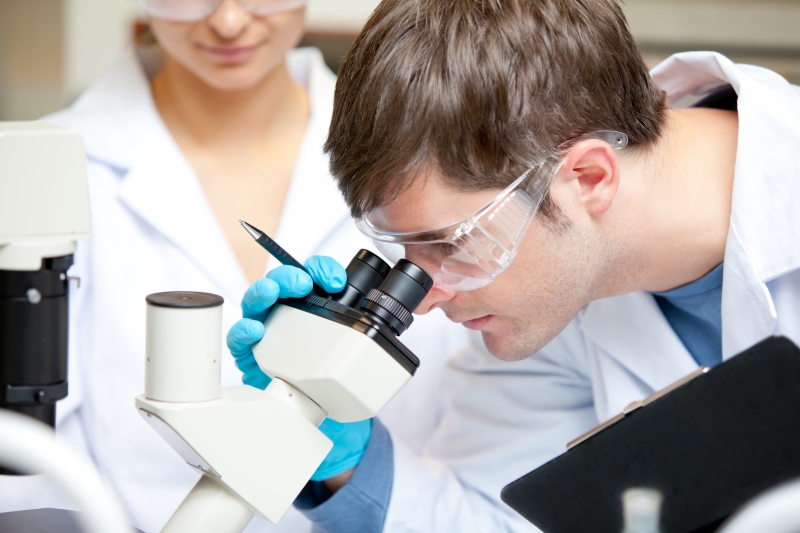Vaccines are preparations which are created using the components of a disease, in order to protect against it. This is generally achieved by creating a non-harmful form of the virus or bacteria, which stimulates a recipient’s immune response against the disease, without causing them to develop any of the associated symptoms. There are a number of ways a disease-causing virus or bacteria can be modified in order to make it useful as part of a vaccine, each with their own strengths and limitations. The exact method used varies from vaccine to vaccine, depending upon various factors, including the traits of the disease itself.
There are a number of ways a disease-causing virus or bacteria can be modified in order to make it useful as part of a vaccine, each with their own strengths and limitations. The exact method used varies from vaccine to vaccine, depending upon various factors, including the traits of the disease itself.
Modification Strategies
Viruses can be weakened, limiting their potential to reproduce within the human body, but still triggering the body’s immune response. This then protects against future infection. Vaccines for measles, mumps and chickenpox are made this way, but these vaccines are not usually suitable for people who already have weakened immune systems.Another option is to inactivate or kill a virus, using a chemical. This means that the virus cannot possibly reproduce within the body, or cause disease and a number of vaccines are created through this strategy, including hepatitis A, rabies and polio. However, a limitation is that several doses are usually required to achieve immunity. Other vaccines are developed by using a small part of the virus or bacteria which causes disease, such as its protein. Hepatitis B and tetanus vaccines are made in this way and a benefit is that they can be given to people who already have weakened immune systems, although like with inactivated viruses, several doses may be necessary.
Other vaccines are developed by using a small part of the virus or bacteria which causes disease, such as its protein. Hepatitis B and tetanus vaccines are made in this way and a benefit is that they can be given to people who already have weakened immune systems, although like with inactivated viruses, several doses may be necessary.